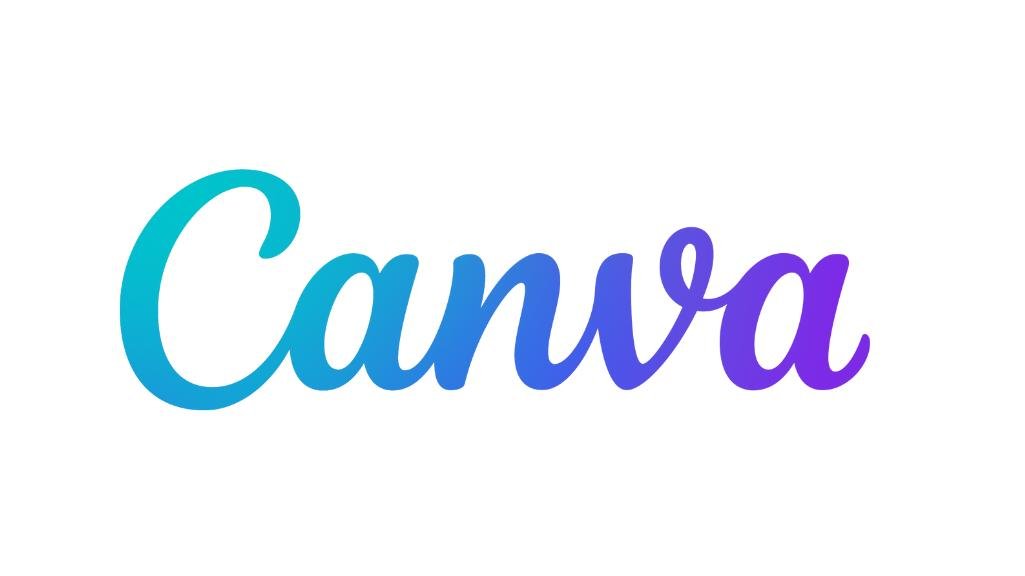Canva: Empowering Creativity and Design Simplicity
Poonam Junjunwala
. 2 min read
In the digital age, visual content has become a powerful means of communication and expression. Whether it's for personal projects, business branding, or social media marketing, captivating graphics play a crucial role in conveying messages effectively. Canva, a popular graphic design platform, has emerged as a go-to solution for both professionals and amateurs seeking to create stunning visuals without the need for extensive design skills. This article explores the journey, features, and impact of Canva, including its new video chat functionality, in the world of digital creativity.

Impact of Canva in the World of Digital Creativity
The Founding and Early Days:
Canva was founded in 2012 by Melanie Perkins, Cliff Obrecht, and Cameron Adams in Sydney, Australia. The idea stemmed from Perkins' earlier venture, an online tool that allowed university students to create yearbooks more easily. Recognizing the broader potential of simplified design tools, the trio shifted their focus to create Canva, a platform with a mission to democratize design and make it accessible to everyone.
The User-Friendly Interface:
One of Canva's most defining features is its user-friendly interface. Designed to cater to both beginners and seasoned designers, the platform offers a drag-and-drop functionality that allows users to create visually appealing designs effortlessly. Canva boasts a vast library of templates for various purposes, including social media graphics, presentations, posters, flyers, business cards, and more. Users can easily customize these templates by changing colors, fonts, and images, tailoring the designs to suit their individual needs.
An Abundance of Assets:
Canva provides users with a diverse collection of assets, including stock photos, illustrations, icons, and shapes. These assets are an invaluable resource for creators who may not have access to a professional image library. Additionally, Canva allows users to upload their images, enabling complete creative freedom.
Collaboration and Teamwork:
Canva's collaboration features have made it a popular tool among teams and businesses. Users can invite others to collaborate on design projects in real-time, allowing for seamless teamwork and feedback exchange. This capability has proven especially beneficial for remote teams and clients working on design projects together.
Canva Pro and Enterprise:
While Canva offers a substantial set of features for free, the platform also offers premium subscription plans, such as Canva Pro and Canva Enterprise. These paid plans unlock additional functionalities, including access to a larger library of assets, the ability to resize designs, and advanced team collaboration tools. The introduction of these subscription models has been a significant revenue driver for the company.
Social Impact and Accessibility:
Canva has made considerable efforts to improve accessibility within the platform. Its Design for All initiative ensures that people with disabilities can create and consume content with ease. The company has also offered free Canva for Nonprofits subscriptions to eligible organizations, empowering various causes worldwide.
Conclusion
In just over a decade, Canva has evolved from a promising start-up to a globally recognized and widely-used graphic design platform. Its commitment to democratizing design and providing accessible tools for creativity has had a profound impact on how individuals and businesses approach visual communication. With its user-friendly interface, abundant assets, and collaboration features, Canva continues to empower people from all walks of life to bring their ideas to life through beautiful and impactful designs.
More Stories from
Best Summer Destinations in Japan: From Beaches to Mountains
This article introduces some of the best summer destinations in Japan.
Why You Should Carry a Crayon While Travelling?
The article is a collection of travel tips and hacks ranging from carrying a crayon instead of a pen to protecting your toothbrush with a clothes peg while travelling.
The Rise of Virtual Travel: Exploring the World from the Comfort of Home
This article explores the surging popularity of virtual travel, a modern phenomenon that allows individuals to experience the world's wonders from the comfort of their homes.
The Art of Photography: Capturing Moments that Last a Lifetime
In this article, we explore the fascinating world of photography, tracing its evolution from its early beginnings to the digital age.
English Grammar: A Comprehensive Guide
This article provides a comprehensive guide to English grammar, covering essential topics such as parts of speech, sentence structure, tenses, and common grammatical errors.







.png?width=40&aspect_ratio=1:1)
.png?width=40&aspect_ratio=1:1)




.png?width=40&aspect_ratio=1:1)